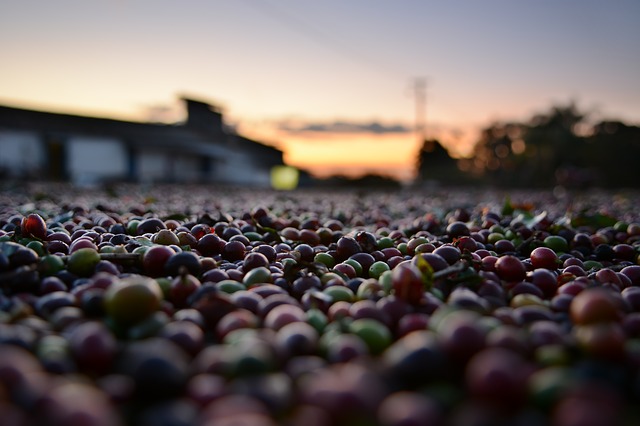
The Hidden Coffee farm In the Pearl of the Orient
The Hidden Coffee farm In the Pearl of the Orient
- Shelli Galici
- 16-08-2019
- 16-08-2019
- 1382 views
- Coffee Beans, Featured, Featured Articles, General Articles, Information

Columbia, Brazil, Ethiopia, Vietnam, Indonesia are known to be the top producing countries of coffee. But did you know in the history of coffee the Pearl of The Orient, the Philippines was ones on the leader board of coffee producers? For many of us only know Columbia, Brazil as the producers of coffee, well that is a fact, in Columbia alone produces 11.5 million bags annually which gives them the reputation as the third-highest coffee producers. But in the early years during,1740 when the Spanish colonization introduce coffee in the Island of the Philippines it became paramount of success, which put the Philippines on the pedestal as the fourth top producing nation of coffee all over the world.
The Island of the Philippines has a fertile soil which is capable of producing four different species of coffee that are: Arabica, Liberica (Barako), Excelsa, and Robusta.
Coffee was introduced in the Philippines by the Franciscan Monks in early 1730, and the first-ever coffee tree was planted in the province of Lipa Batangas. The first coffee species that had implanted in the Island of the Philippines is from Mexico, and because of the successful germination of coffee trees in Lipa Batangas from there coffee cultivation is widespread in the entire province with the help of Augustinian friars Elias Nebreda and Benito Varas, coffee is acknowledged to Ibaan, Lemery, San Jose, Taal, and Tanauan. Because of coffee, the province of Batangas owed its wealth to it, and Lipa became the coffee capital of the Philippines.
The success of the Philippine coffee production skyrocketed, making them able to export coffee in the 1860s. After the Civil War, there is a high demand for Philippine coffee in the United States because it is cheaper to import coffee from the Philippines than importing from Brazil. Back then the Liberica or “Kape Barako” as known in the Philippines is the biggest export from Batangas to Manila and shipped to San Francisco. Almost half of the Philippine coffee had transported to San Francisco after the Civil War. Because of the low cost of export of Philippine coffee, the country had started to export in Europe when the Suez Canal in 1869 had opened.
Due to high market of the Philippine coffee, the province of Batangas started to introduce coffee production to its neighboring province of Cavite. In the town of Amadeo Cavite, the municipality also has begun cultivating coffee. But Lipa Batangas is still the chief generator of Philippine coffee, and Barako or the Liberica, is the top coffee choice for export, making it five times its price than the Java beans. During that time, the Philippine competitor regions like Brazil, Africa, and other Asian countries were on the edge of coffee declining when the coffee rust plague hit the neighborhoods making the Philippines as the fourth top producers of coffee the only country survive the epidemic. From 1887 to 1889, the Philippines was the only source of coffee in the world.
But in 1889, it became a bittersweet time in the Island of the Philippines, when the land was hit by coffee rust, and increased incidence of insect infestation. The county experienced a vast decline, in its coffee production, destroying all coffee trees in Batangas. In two years, the coffee production in the country went down to 1/6, from the original amount. By that time Brazil is already recovering from the coffee rust, and infestation regaining their position, as the top coffee producer country. The Philippines by then is making an effort to save few of the surviving coffee seedlings transferring them from Batangas to Cavite.
The glory days of the Philippines on the leader board of coffee producers have come to an end, but the Philippines did not completely stop the coffee production, but numerous farmers shifted into cultivating different crops.
The Philippines did not regain its position, and in the 1950’s the Philippine government with the help of Americans introduce a new species of coffee that are more resistant. During this time a high demand on instant coffee was needed that is why numerous farmers shifted back into coffee cultivation in the 1960s. However, coffee export was stopped because of the sudden proliferation of coffee farms that resulted in a surplus in the world market. And in 1980, the Philippines became a member of the International Coffee Organization (ICO).
Today the Island of the Philippines produces 30,000 metric tons of coffee a year. According to PhilMech, an agency under DA, Mindanao is the leader of the local production of dried coffee beans. Sultan Kudarat is the province that produces the most coffee on the island.
Source: Philippine Coffee Board





















